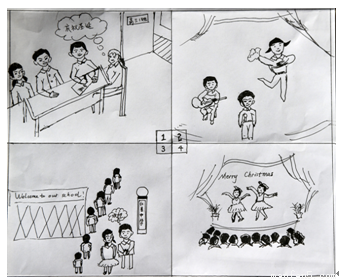题目内容
Americans get some of their news and entertainment from public television and radio. These public media receive money to operate from private citizens, organizations and government. Many of their programs are educational. But most of the American media are run by businesses for profit. These privately owned media have changed greatly in recent years. Newspapers, magazines and traditional broadcast television organizations have lost some of their popularity. At the same time, online, cable and satellite media have increased in numbers and strength. So have media that serve racial groups and those communicating in foreign languages.
In general, more media than ever now provide Americans with news and entertainment. At the same time, fewer owners control them. Huge companies have many holdings(股份). In some areas, one company controls much of the media. One dramatic change in American media is the increased success of cable television. It comes into most homes over wires. It does not use the public airwaves to present programs, as broadcast television does. Like broadcast television, most cable television programs perform advertisements. This is true although people must pay to see cable television in their homes. Thirty years ago, few people had cable. Today, about sixty-eight percent of American homes have cable television. Television by satellite also is gaining popularity.
Over the years, traditional broadcast organizations have tried to appeal to as many watchers as possible. Many cable companies, however, present programs for one special group of viewers. For example, there are cable stations for people who like books, cooking, travel, golf or comedy.
1.Which of the following is true about American public media?
A. They depend on the government.
B. They are controlled by the government
C. They are free
D. They can earn money.
2.Which of the following properly shows the change in these privately owned media?
A. Newspapers are getting more popular.
B. Satellite media is getting more popular.
C. Traditional media also serve racial groups.
D. Some media make their programs in foreign languages
3.From the second paragraph, we learn that .
A. broadcast TV and cable TV programs include sales messages
B. more media are out of control
C. American media is dramatic
D. cable TV is free
4.What would be the best title for the text?
A. American news and entertainment
B. Public television and radio media
C. media in the United States
D. Cable programs in the United States


